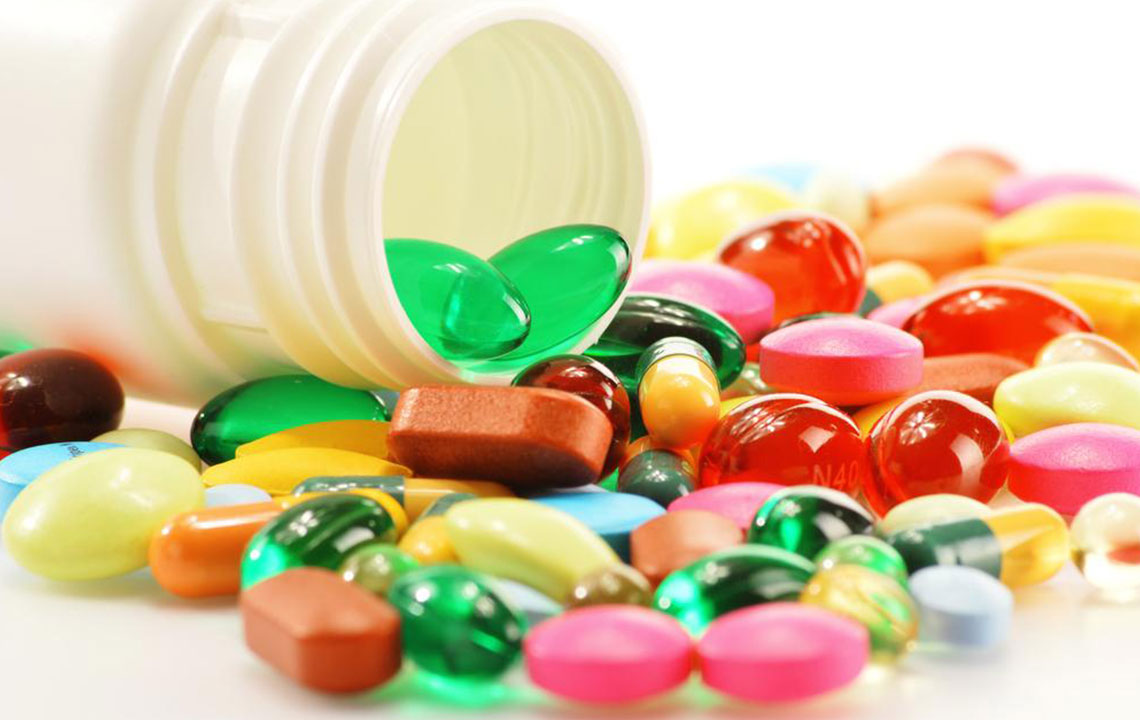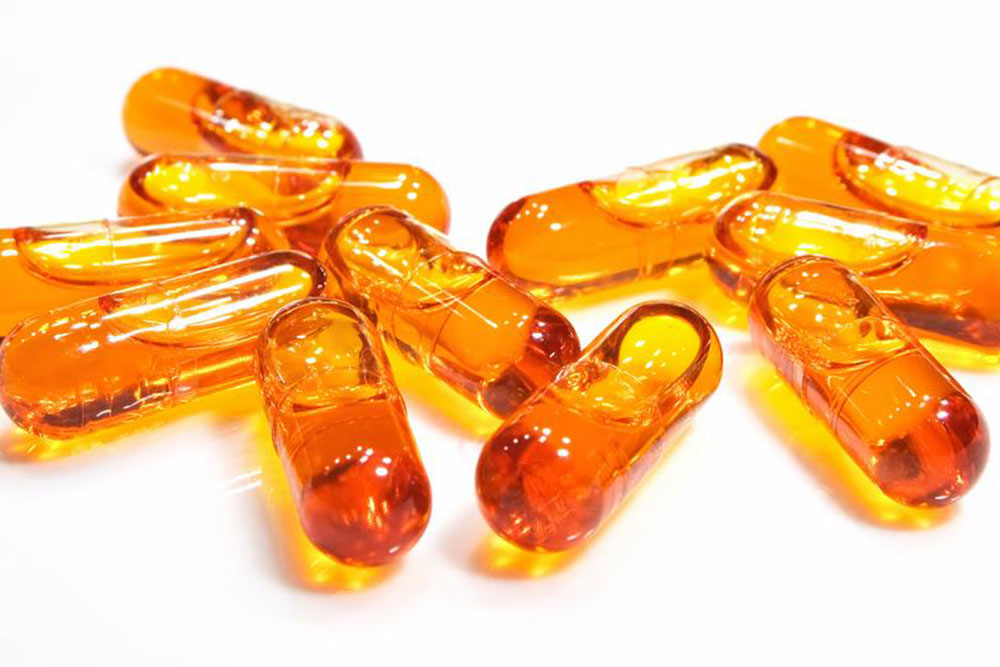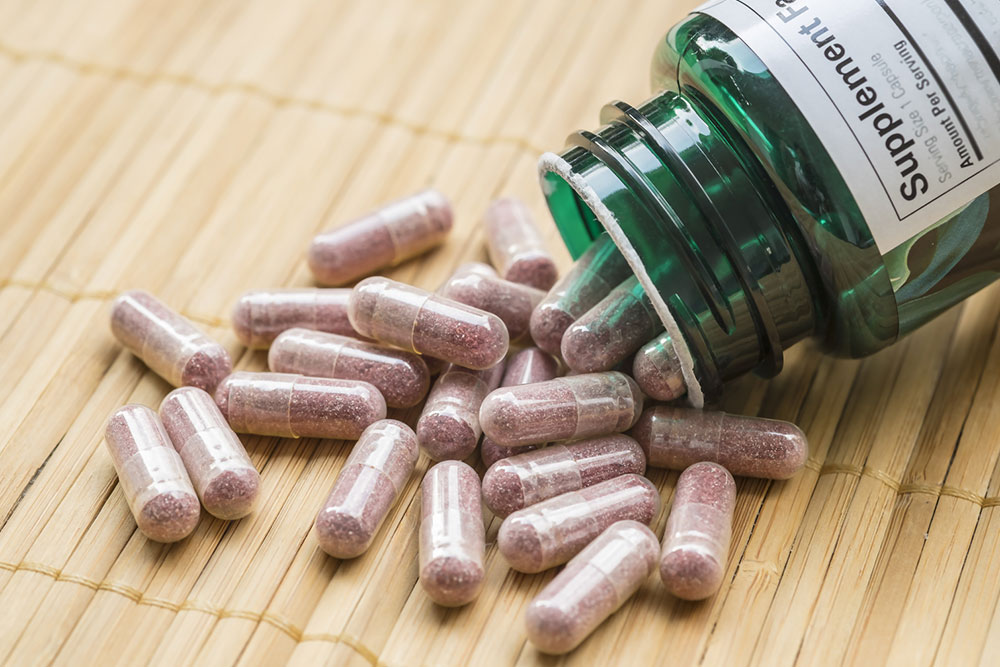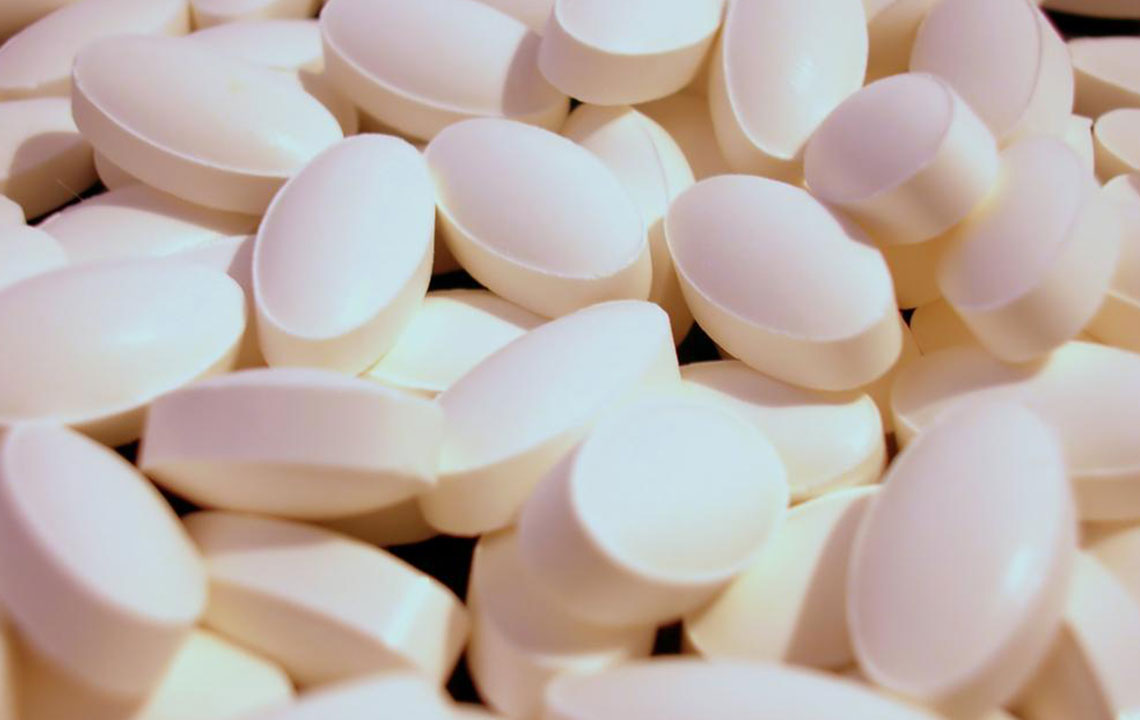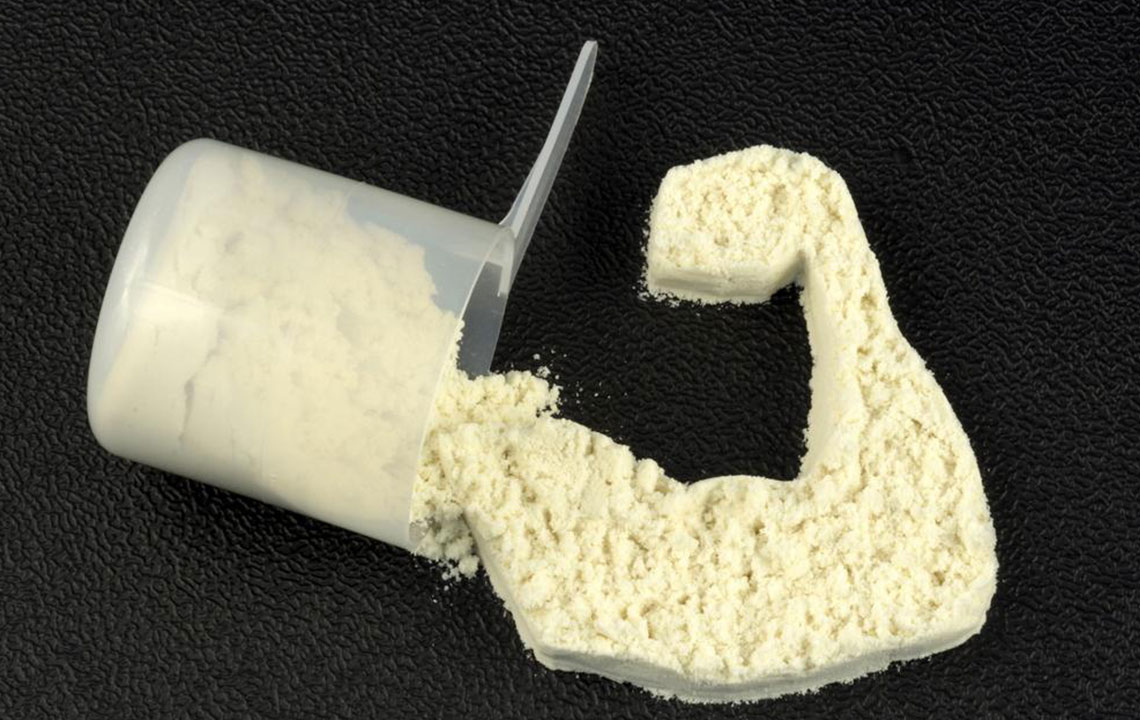Comprehensive Guide to Prostate Health and Therapeutic Massage for Men
This comprehensive guide explores prostate health and therapeutic massage, emphasizing safety, benefits, and techniques. Suitable for men seeking to maintain prostate well-being, it covers symptoms of common prostate issues like BPH and prostatitis, along with professional and self-administered massage methods. Emphasizing caution and proper technique, the article offers step-by-step instructions, potential risks, and when to seek medical advice. Maintaining prostate health is vital for overall well-being, and this guide aims to provide valuable insights into safe practices for men of all ages.
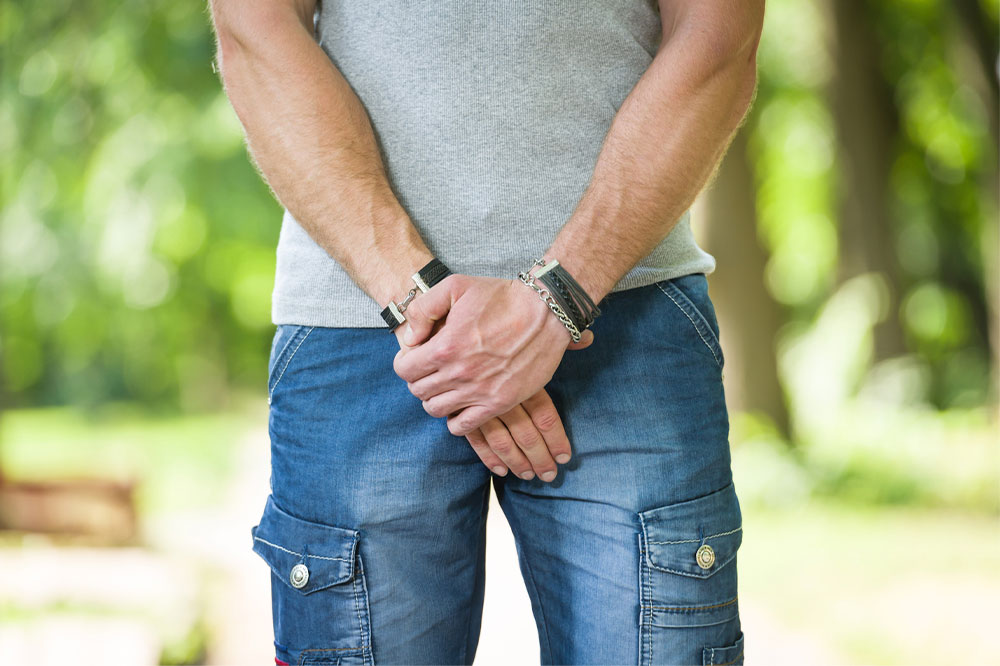
Comprehensive Guide to Prostate Health and Therapeutic Massage for Men
The prostate gland, roughly the size of a walnut, is an integral component of the male reproductive system. Located beneath the bladder and in front of the rectum, this small but vital gland plays a significant role in both urination and fertility. Its health is directly connected to overall well-being, affecting urinary function, sexual health, and reproductive capability. As men age, maintaining prostate health becomes increasingly important, and in recent years, prostate massage has gained recognition as a supplementary practice to support prostate function and alleviate common issues.
Why Is Prostate Massage Beneficial? Prostate massage is a therapeutic technique used to stimulate the prostate gland, aiming to improve glandular function, promote blood flow, and reduce inflammation. It has been traditionally used to treat certain urological conditions, including benign prostatic hyperplasia (BPH) and prostatitis. Besides medical benefits, some men find that prostate massage can enhance sexual pleasure, improve erectile function, and facilitate better prostate health through better circulation and toxin removal. While it might seem unconventional, evidence suggests that, when performed correctly and safely, prostate massage can be a valuable adjunct in maintaining prostate health.
Understanding Prostate Conditions: BPH and Symptoms
Benign Prostatic Hyperplasia, commonly known as BPH, is a non-cancerous enlargement of the prostate gland that predominantly affects men over the age of 60. This condition leads to the compression of the urethra, resulting in various urinary symptoms. Men with BPH often experience frequent urination, especially during the night, urgency, weak urine stream, and difficulty starting or stopping urination. The enlarged prostate can also cause feelings of incomplete emptying of the bladder, leading to discomfort and a decline in quality of life.
Infections such as urinary tract infections (UTIs) can also inflame the prostate, leading to prostatitis. This condition may cause severe pelvic pain, pain during urination, and systemic symptoms such as fever and malaise. Recognizing the symptoms early and consulting healthcare professionals is crucial for effective management and maintaining prostate health.
Frequent urination, particularly at night
Urgency and difficulty urinating
Pain or discomfort in groin or lower back
Painful ejaculation
Lower abdominal discomfort
These symptoms can significantly impact daily life, and persistent issues should be evaluated by a healthcare provider to determine the underlying cause and appropriate treatment.
Getting Started with Prostate Massage
Prostate massage can be performed by trained medical professionals at clinics or hospitals equipped with the right tools to ensure safety and hygiene. Consulting a urologist or certified specialist provides a thorough understanding of the procedure, potential risks, and aftercare instructions. Professional therapy ensures that the technique is performed correctly to prevent any injury or discomfort.
For those interested in self-care, at-home prostate massage is an option, especially in the context of promoting prostate health, relieving mild symptoms, or supporting sexual wellness. However, it requires careful attention to technique, hygiene, and safety measures to prevent injury or infection.
DIY Prostate Massage: Step-by-Step Guide
Choose a high-quality lubricant: Use a water-based lubricant generously to facilitate smooth insertion and minimize discomfort. Avoid oil-based lubricants that can damage latex gloves or condoms if used.
Ensure comfort and hygiene: Wash hands thoroughly and trim fingernails to prevent injury. Use gloves if preferred, and ensure the environment is private and relaxing.
Gentle insertion: Carefully and slowly insert a well-lubricated finger into the rectum. Pay attention to your body's signals and stop if discomfort occurs.
Locate the prostate: Feel approximately 2-4 inches inside the rectum; the prostate is a small, round, firm bump. Gentle pressure and circular motions can stimulate the gland.
Practice safe techniques: Use gentle, controlled movements, reapplying lubricant if needed, and avoid applying excessive force. Combine massage with relaxation and, if desired, pleasurable stimulation for a better experience.
Precautions, Risks, and When to Stop
While prostate massage can offer health benefits, it is essential to perform it cautiously to avoid adverse effects. Improper technique or excessive pressure can cause tissue damage, bleeding, or discomfort. Always be aware of your body's responses and act accordingly.
Bacterial infections: Refrain from massaging if there are signs of infection, such as pain, fever, or discharge, as it can exacerbate inflammation or introduce bacteria.
Existing anal conditions: Avoid if you have hemorrhoids, anal fissures, or other rectal disorders, as massage could worsen these issues or cause bleeding.
Prostate cancer considerations: Do not attempt prostate massage if diagnosed with prostate cancer or abnormal prostate screening results. Inappropriate manipulation may lead to complications or cancer cell spread.
Always consult with healthcare professionals if you experience persistent pain or discomfort during or after prostate massage. Proper guidance ensures safe and effective practices.
